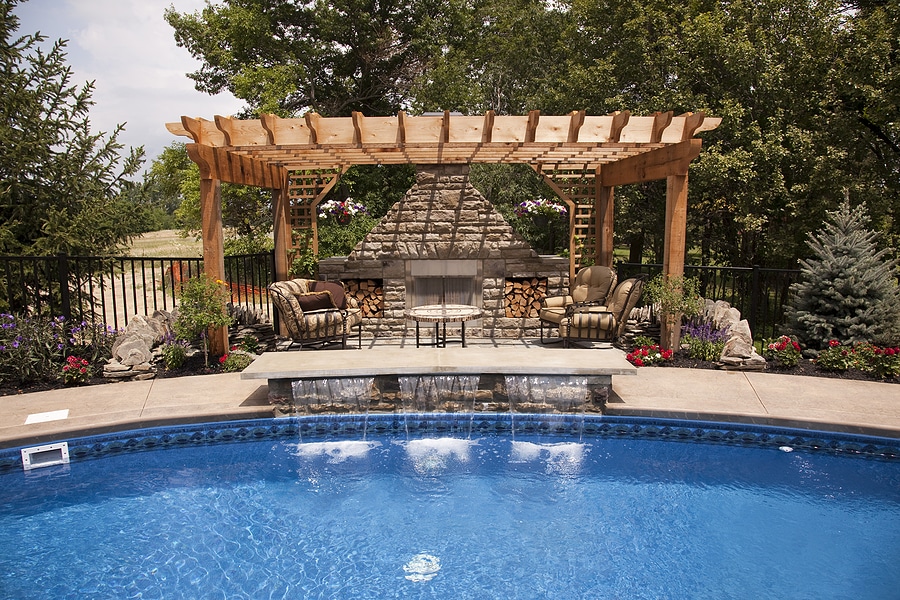Understanding Other Structures Coverage in Homeowners Insurance: What’s Really Protected

What is considered Other Structures on homeowner’s insurance? You’d expect homeowner’s insurance to cover your home from damage, theft and liability. And it does.
Your homeowner’s insurance can also offer protection for Other Structures, which include more than guest houses and storage sheds. In fact, you may be surprised to learn what falls in this category. The good news is that they’re probably insured (although specifics naturally vary from policy to policy).
Common Examples of Other Structures
An insurance company defines a structure much more broadly than a building. These are all considered structures for insurance purposes:
- Storage sheds
- Detached garages
- Gazebos
- Barns
- Greenhouses
- Pools
- Fences
- Driveways
- Sidewalks
- Mailboxes
- Detached patios or dining areas
A garage or deck connected to your house would be covered as part of your dwelling. Other Structures coverage generally protects anything not physically connected to your house.
If a tree falls and flattens a fence or cracks a driveway, this portion of the policy would cover repair or replacement. Other Structures are insured against the same perils as the primary dwelling.
However, if a detached structure is used for business purposes, homeowner’s insurance won’t cover it. Even if, say, you store lawnmowers for your landscaping company in your garage or repair bicycles on weekends in your carport, you’ll need separate business insurance.
Coverage Details and Limitations
Most standard homeowner’s insurance policies include these types of coverage:
A. Dwelling
B. Other Structures on the Property
C. Personal Property/Contents
D. Loss of Use
E. Personal Liability Protection
F. Medical Payments
Different coverages have different limits. Usually, the coverage amount for Other Structures is 10% of the amount of coverage on the primary dwelling. Also, that coverage only applies to the structure itself, not the contents.
Contents would be covered separately, under the Personal Property/Contents portion of the policy, which may have a different amount of coverage. Generally, the limits for Personal Property/Contents are higher, often 50% or more of the amount of coverage on the dwelling. (Again, specifics depend on your policy.)
Determining Your Coverage Needs Homeowner’s insurance should always be purchased for replacement cost, not the actual cash value. The reason is simple:
The actual cash value of a used shed, for example, will be far less than the cost of buying a new one. Finding, purchasing and moving a used shed would be difficult. Purchasing a policy that offers replacement cost usually isn’t much more expensive than one that pays actual cash value, and it is well worth it.
The cost of insuring the contents of a shed, barn or detached garage, on the other hand, will vary widely. If a detached structure has expensive tools or is used to store pricey personal items, additional insurance is a wise choice. If someone breaks into a shed and steals the contents, you want to be made whole. A home inventory can help you determine your coverage needs, as well as make the recovery process much easier in the event of a claim.
Updating Your Policy for New Additions
The key to a homeowner’s insurance policy that offers the right coverage is regular communication with your insurance partner. Needless to say, if you put up a fence, add a shed or build a patio, make sure your insurer knows.
It may seem silly to tell your insurance agent every time you make what seems like a minor addition or change to your property. But if a tree falls on your fence or a strong wind blows the roof of your shed into your house, you’ll be glad you kept your agent/broker informed.
Ensuring Comprehensive Protection
When shopping for insurance or meeting with your insurance partner for an annual review, don’t forget the exterior of your property. Did you replace a wooden-post mailbox with a custom brick mailbox? Maybe you installed a new patio or outdoor kitchen. Homeowner’s insurance policies generally cover Other Structures as a percentage of the policy limit, but your situation may require fine-tuning. Discuss all property improvements—both recreational and functional—with your insurance agent or broker to make sure you have the right protection for your unique needs.
If you have any questions about insurance or your current homeowners insurance policy, or would like a free insurance review, please call us at 877-576-5200.

